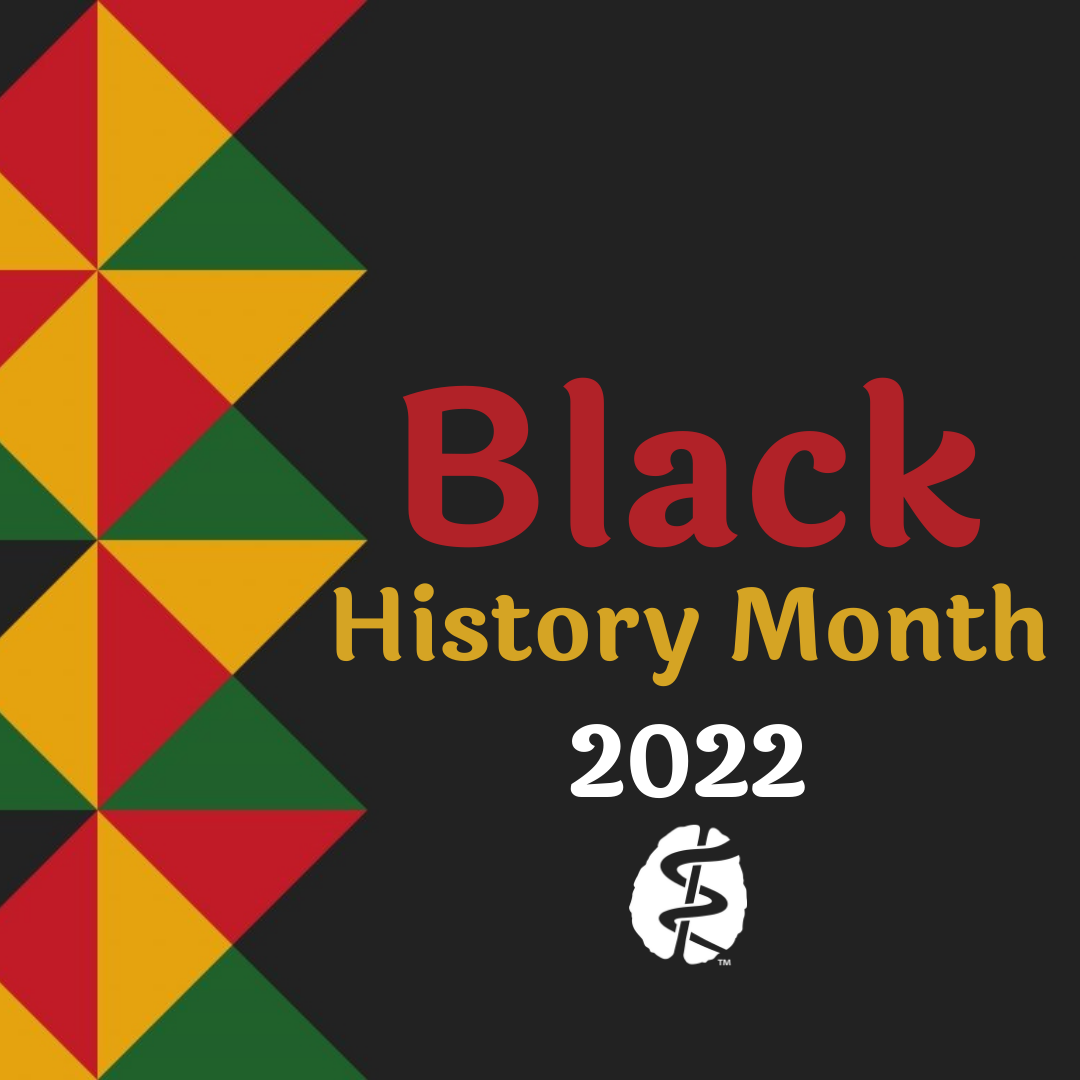It’s Time to Ring the Alarm During Black History Month
February is Black History Month, and I would like to take this opportunity to highlight and promote Black mental health wellness and resources available for individuals coping with mental illness.

The Congressional Black Caucus’s report on Black Youth Suicide and Mental Health stated it best—we need to Ring the Alarm regarding the crisis of Black youth suicide in America.1 I would venture to extend this alarm to include the crisis of suicide in Black America.
- The suicide rate among Black youth experienced an upward trend with the largest percent change in the 15–17-year age group (4.9%) and among girls (6.6%) each year between 2003 and 2017.2
- Between 2014 and 2019, the suicide rate increased by thirty percent for Black individuals.3
This is a crisis, and we need to act with urgency. Communities are suffering from the trauma of witnessing and experiencing racism and discrimination; difficulty in identifying culturally sensitive mental health care providers; being underinsured or uninsured to be eligible to receive mental health care; and unfortunately, due to stigma surrounding mental illness, discomfort, and shame in seeking help to maintain mental wellness.
How can we promote Black mental health wellness? First, we must accept that it's okay not to be okay. Second, be aware of daily activities that can have a positive impact on our mental health and think about ways each of us can best implement them into our lives.
- Taking care of your physical health, since your physical and mental health are connected.
- Getting enough sleep. Sleep affects your mood.
- Healthy eating. Good nutrition will help you feel better physically but could also improve your mood and decrease anxiety and stress.
- Connecting with others. Having good social support may help protect you against the harms of stress.
- Practicing mindfulness, meditation, or relaxation techniques.
- Taking a break from negative information.
Resources
But if there comes a point where you are feeling hopeless there are several resources readily available and here are a few to start:
Crisis Services
- National Suicide Prevention Lifeline 800-273-8255
- Crisis Text Line, text TALK to 741741
Directories of mental health professionals and other resources
- Black Mental Health Alliance — Directory of Black Psychiatrists
- Black Female Therapists
- Black Emotional and Mental Health (BEAM) - Black Virtual Therapist Network
- Loveland Foundation – Therapy Fund
- Psychology Today – Black or African American Therapist
- Sista Afya: Community Mental Wellness
- Therapy for Black Men
- Therapy for Black Girls
- SAMHSA Treatment Referral Helpline 1-877-726-4727
- APA
Final thought…we must address this crisis from all angles. A coalition of people are needed to not only ring the alarm but address the issues causing the problems. Prevention is a long-haul endeavor and as such, we must address the downstream outcome of death by suicide in Black individuals by actively addressing the upstream risk factors, particularly social determinants or social factors that impact our mental health. As health-care professionals, researchers, school administrators, legislators, community leaders and advocates, we must find new and effective ways to address this crisis. During this Black History Month and every day that follows, let our actions lead to solutions and most of all to saving lives.
References
- Congressional Black Caucus. (2019). Ring the alarm: The crisis of Black youth suicide in America. https://watsoncoleman.house.gov/uploadedfiles/full-taskforce-report.pdf
- Arielle H. Sheftall, Fatima Vakil, Donna A. Ruch, Rhonda C. Boyd, Michael A. Lindsey, Jeffrey A. Bridge, Black Youth Suicide: Investigation of Current Trends and Precipitating Circumstances, Journal of the American Academy of Child & Adolescent Psychiatry, 2021, ISSN 0890-8567, https://doi.org/10.1016/j.jaac.2021.08.021.
- Ramchand R, Gordon JA, Pearson JL. Trends in Suicide Rates by Race and Ethnicity in the United States. JAMA Netw Open. 2021;4(5):e2111563. doi:10.1001/jamanetworkopen.2021.11563)
